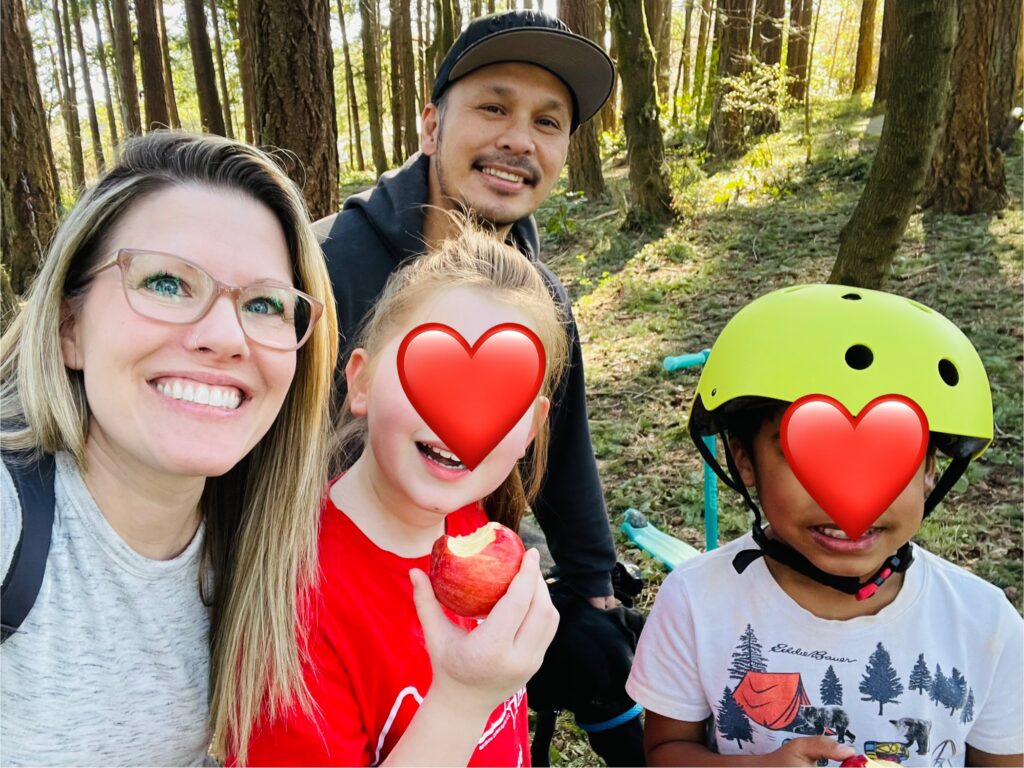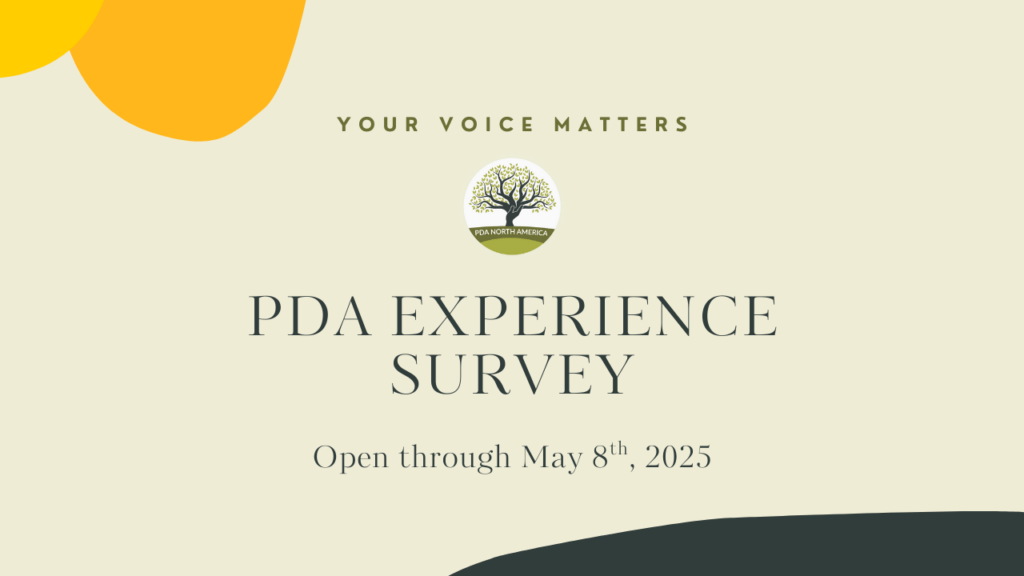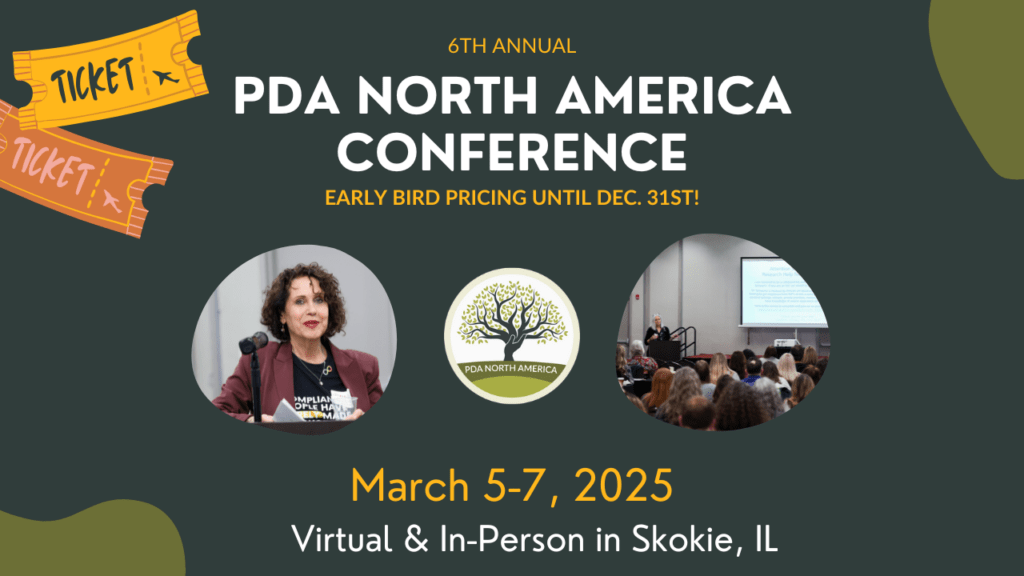Bio: Cheryl Quimba is the mother of a 7 year old and a 10 year old PDAer and has dedicated herself to understanding PDA for the last 5 years. She is the founder of What Helps, a resource dedicated to supporting those navigating Pathological Demand Avoidance (PDA), OCD/Scrupulosity, and creating families of felt safety. With a Bachelor of Science in Pastoral Counseling and certifications in PDA (Level 1, PDA North America; Level 3, NEST UK), she uses transformative insights to provide practical resources and guidance. Cheryl is a consultant, author, and speaker who has shared her expertise at conferences, on Portland’s KATU 2 Afternoon Live, and in various community settings.
One of the most profound lessons my husband and I have learned in our parenting journey is the importance of self-reflection. Acknowledging how our past experiences shape how we view and respond to our children, particularly in the context of sibling relationships, has been instrumental in creating felt safety in our home.
My husband and I are parents to a 10-year-old PDA daughter and a 7-year-old son. We’re a twice adoptive family where our daughter has an uncanny resemblance to me, blue-eyed and white, and our son to my husband, Asian features with dark eyes and hair. We didn’t know it when they were born, but the similarities would not end there. And the lenses of our personal experiences would greatly impact how we supported them in their relationship with one another.
My Lens: OCD and Empathy for My PDAer
I grew up with Obsessive Compulsive Disorder (OCD), starting before the age of two and misdiagnosed until I was ten. My behavior was puzzling and distressing to my parents: I engaged in repetitive actions like checking, avoiding things, and seeking endless reassurances. After CBT (cognitive behavioral therapy) sessions -which I wanted and asked for- I would forbid my mother from looking at me or talking to me, shrinking down in my seat and kicking the dashboard on the drive home. To an outsider, I looked at times defiant and at others destructive. But I wasn’t acting out on purpose. I was in incredible distress over things beyond my control.
When our daughter began showing intense and perplexing behaviors at a young age, I was determined to understand. I sat helplessly as she screamed at me to “Help me! Make my brain less angry!” I knew the feeling of fear and confusion that came with a brain that got “stuck” and didn’t allow you to do what you wanted. And, while I was able to hide my OCD largely from my younger brother, I knew the exhaustion of trying to manage my mask when he did things that triggered my symptoms.
The lens of my experience made me more attuned to her struggles and her relationship with our son, enabled me to embrace low demand/high accommodation parenting, and has helped me to have greater patience and compassion.
My Husband’s Lens: Growing Up as a Sibling of a Special-Needs Child
My husband’s family immigrated to the U.S. when he was four years old, seeking medical care for his older sister with Rett Syndrome. It was an incredible cultural shift, where his family’s skin tone and accent stood in contrast to the majority of those around him. Not only that, but his sister’s condition often drew public attention, and her unpredictable outbursts in public made him feel conspicuous, embarrassed, and isolated. He didn’t want to bring friends to his house, and even his sleep was disrupted by her frequent shouts and moans.
From an early age, he had to adapt, often placing his own needs in the background to accommodate hers. He struggled with conflicting feelings of love, frustration, and anger toward his older sister. At times he felt alone or simply dissociated from his feelings entirely.
These painful experiences fostered a deep empathy for our son, whose needs are also often overshadowed by his sister’s PDA. Having lived through the challenges of being a sibling to a special-needs child, my husband understands the necessity of balancing care for a child who requires more accommodation, while also ensuring that the other sibling feels seen and valued. His perspective has profoundly influenced how we manage the dynamics between our children, especially when conflicts arise between them.
Minimizing Trauma, Maximizing Connection
Together, my husband and I have committed to the ongoing work of understanding the subtleties of our family’s dynamics. Our goal is always to minimize trauma and maximize connection. We realized that our pasts could either fuel empathy or trigger defensiveness in how we respond to our children and one another. And that awareness has a direct ripple effect, fostering healthier connection between our children.
We are five years into our journey of low demand parenting, and we’ve learned to embrace both grief and joy along the way. There are no perfect answers or easy fixes. We are often faced with accepting that what works for one child may not work for another, and sometimes the best option is not the ideal one.
Our children may not always fully understand our choices, but they can sense our acceptance of their feelings and our deep love for them. We have worked hard to create a home where our children know there is no shame in their struggles or emotions. We validate their experiences and work to create a safe space where they can express themselves without fear of judgment.
In this safe space, we also encourage them to develop empathy for one another. As our children feel seen and cared for by us, they are better able to extend that same care to each other, reducing resentment and building stronger connections. The personal reflection we do helps keep my husband and I focused on what we value most.
Identifying Your Lens
- What was your experience like as a child? Where did you fall in your sibling group, or were you an only child? How would you describe your own relationship with your siblings? When you see your children interact what feelings do you have? Are you triggered, seeing some of your own pain in their interaction or experiences? Are you grieving, looking at them through the lens of your hopes or own positive experiences? Take some time to bullet point or journal what comes to mind. Ask yourself, what are the possible pain points these things trigger when I see my children interact? What are the strengths I bring from my own experiences that can help me better empathize with and support my children’s relationship with one another and with me?
- Consider looking for a PDA affirming therapist or coach who does telehealth (I often meet with my therapist or my clients with my laptop propped up on laundry and my children in the next room -whatever makes it accessible!) to help you process these feelings and identify strategies to parent from your strengths.
Acknowledging our own wounds or grieved expectations can be painful, but when we do, we’re better able to help our children navigate their own. In that family culture of awareness and openness we can support our children in their struggles and celebrate their wins. And those personal and relational skills are things they will carry into their relationships with one another and into life.







